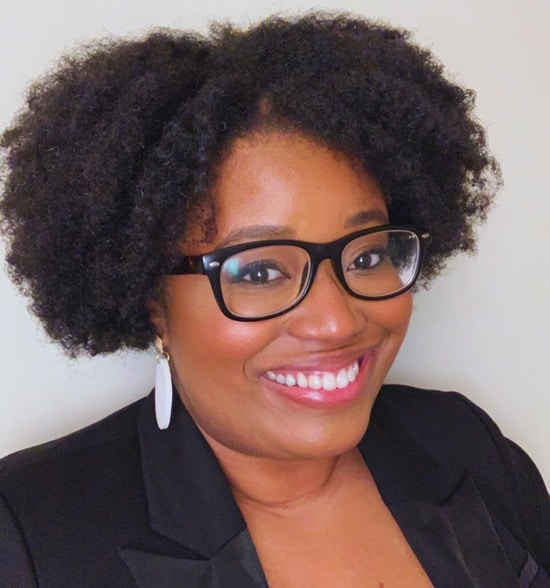Understanding the science of hope is a journey toward freeing ourselves from moments of despair and helplessness.
As a young person of color, I benefited from this understanding of hope at each phase of my personal and professional journey. In my first article about the science of hope, I shared that the first step you can take is accepting that hope is more than wishful thinking. Hope can help you see beyond the here and now and instead see the possibility of a brighter future. This vision of the future can actually motivate you to shape it.
Hope can lift our spirits and free our minds to help us set goals, identify pathways to pursue them, and take steps that can profoundly impact our lives and the lives of others. Coupled with an understanding of oppression and how it impacts our daily lives, hope-raising skills can support increased psychological resilience and emotional well-being.
3 practices will help you create and benefit from hope as a tool for liberation
1. Explore liberation practices as a starting point
Traditional approaches to managing everyday stressors or mental health challenges often overlook the deep impact of societal, cultural, and political forces on our well-being. To nourish myself and keep moving forward in the face of adversity, I’ve turned to liberatory practices, like Freedom Dreaming, creativity, self-care, and social action, designed for individuals and communities of color.
Liberation can shine a light on your path toward finding support for your mental health and well-being. I’ve seen how learning to apply principles of liberation has inspired me at home and at work to set meaningful goals, find the right route forward, and tap into the motivation I need to take action.
By embracing a more holistic understanding of the human experience, self-exploration through a liberatory lens can protect young people of color from societal pressures and cultural stereotypes that seek to limit us.
Take a few minutes to try this guided exercise that can help you think through ways to cultivate hope for healing. This exercise shares a broader context of our struggles as young people of color and helps us see the collective nature of our resilience. Exercises like these allow us to explore ways to both heal from and cope with adversity by recognizing the power of hope and healing in community and the importance of addressing the systems that shape our experiences.
2. Nurture Freedom Dreams
Coined by Robin D.G. Kelley, a prominent scholar and historian, Freedom Dreaming encourages us to envision a future free from societal constraints and oppressive forces. It involves self-exploration, imagining possibilities, and setting clear goals aligned with our deepest aspirations. Freedom Dreaming can help us rise above limitations imposed by structural oppression and navigate mental health and emotional well-being challenges with hope and resilience.
Freedom Dreaming can support us to:
- Consider the impact of identity-based oppression on our goals and aspirations.
- Acknowledge the daily experiences of discrimination and their effects on mental health and emotional well-being.
- Use imagination as a tool to cultivate inner strength, direction and resilience.
Try a Freedom Dreaming writing exercise.
3. Intentionally raise hope in your daily life
Cultivating hope skills supports your sense of hope and action by shifting your daily focus to achievable goals, flexible pathways, and a sense of personal agency. Three exercises can help you cultivate hope and take action to support your mental health and emotional well-being.
The Takeaway
Making a daily effort to explore liberation practices, nurture freedom dreams and learn hope-raising skills spawns optimism, awareness and growth. Hope can free you from fear and helplessness and motivate you to pursue your dreams one step at a time.
You can do it! As you practice cultivating hope each day, you can use hope to help get through hard times, create opportunities and trust in your process of growth. Join me in learning more about the science of hope!

